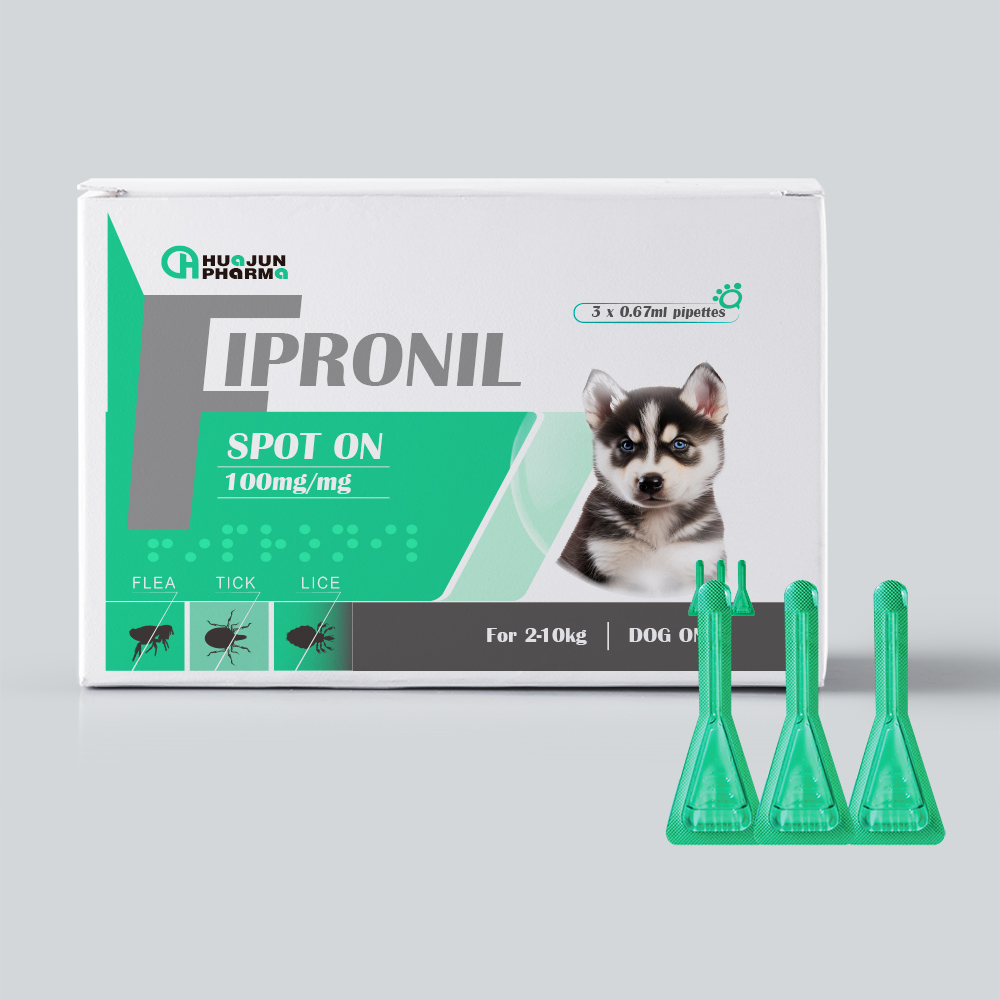
დეკ . 16, 2024 00:05 Back to list
canine and feline parvovirus
Understanding Canine and Feline Parvovirus A Comprehensive Overview
Parvovirus is a highly infectious viral disease that poses a serious threat to the health of dogs and cats. Canine Parvovirus (CPV) and Feline Parvovirus (FPV) are two prominent members of this viral family, each responsible for a range of clinical manifestations in their respective species. This article aims to provide a comprehensive overview of these viruses, their symptoms, transmission, prevention, and treatment options.
Canine Parvovirus (CPV)
First identified in the late 1970s, CPV rapidly spread across the globe, leading to significant mortality in unvaccinated dog populations. The virus predominantly affects puppies aged six weeks to six months, as their immune systems are still developing. CPV attacks the rapidly dividing cells in the body, leading to severe gastrointestinal distress. Symptoms of CPV infection include
- Severe vomiting - Profuse, bloody diarrhea - Lethargy - Loss of appetite - Fever or hypothermia
Because the virus is resilient, it can survive in the environment for months, and it is transmitted through direct contact with infected feces or contaminated surfaces. The viral particles are highly resistant to most disinfectants, which makes controlling outbreaks particularly challenging.
Feline Parvovirus (FPV)
Feline Parvovirus, also known as feline panleukopenia virus (FPV), is a similarly aggressive virus that primarily affects cats. Like CPV, FPV is most dangerous for young kittens, especially those that have not been fully vaccinated. FPV targets rapidly dividing cells in the bone marrow, intestines, and lymphoid tissues, leading to a variety of clinical signs. Symptoms often include
- High fever - Lethargy - Vomiting - Diarrhea (often bloody) - Sudden death in severe cases
The virus spreads through direct contact with infected cats or contaminated environments, including food bowls, litter boxes, and grooming tools. FPV can also survive outside the host for long periods, making it crucial for cat owners and shelters to maintain strict hygiene practices.
Transmission and Viral Structure
canine and feline parvovirus

Both CPV and FPV are part of the Parvoviridae family and share some structural similarities. They are small, non-enveloped viruses with single-stranded DNA genomes. This structural composition allows them to withstand extreme environmental conditions, making them highly transmissible.
The primary mode of transmission for both viruses is the fecal-oral route. Infected animals shed the virus in their stool, and healthy animals can become infected through contact with contaminated surfaces or by ingesting the virus directly. In both cases, the incubation period can range from 5 to 14 days, depending on the virus and the host's immune status.
Prevention and Vaccination
Vaccination is the most effective prevention strategy against CPV and FPV. Puppies and kittens should receive a series of vaccinations beginning at six to eight weeks of age, with boosters given every three to four weeks until they are about 16 weeks old. Adult dogs and cats should receive regular booster vaccinations according to their veterinarian's recommendations.
In addition to vaccination, good hygiene practices are essential in preventing the spread of these viruses. It includes regular cleaning of animal living spaces, avoiding contact between infected and healthy animals, and guaranteeing that any suspected cases are promptly isolated.
Treatment Options
While there is no specific antiviral treatment for CPV or FPV, supportive care is crucial for the recovery of infected animals. Treatment often includes
- Intravenous fluids to combat dehydration - Anti-nausea medications to reduce vomiting - Antibiotics to prevent secondary bacterial infections - Nutritional support
The prognosis for animals infected with these viruses varies widely and depends on factors such as their age, health status, and how quickly they receive medical care. Early intervention significantly improves survival rates.
Conclusion
Canine and Feline Parvovirus are serious infectious diseases that require vigilant prevention and swift treatment. Vaccination remains the cornerstone of prevention, protecting vulnerable populations and curbing the spread of these resilient viruses. By understanding these viral infections, pet owners can better safeguard their companions against the potentially devastating consequences of parvovirus infections. Regular veterinary care and responsible pet ownership are essential in maintaining the health and well-being of our beloved pets.
-
Top Hemoglobinuria Manufacturer & Supplier Reliable Hemoglobinuria Factory Solutions
NewsJun.24,2025
-
Premium Honeysuckle Products - Leading Honeysuckle Manufacturer & Supplier Factory
NewsJun.10,2025
-
Pulmonary Edema Solutions from Leading Manufacturer & Supplier Reliable Factory Price
NewsJun.10,2025
-
Red Eyes - Leading Red Eyes Manufacturer & Supplier, Premium Quality Factory Price
NewsJun.10,2025
-
Broiler Ascites Syndrome Solutions Top Manufacturers
NewsJun.10,2025
-
Premium Amoxicillin Suppliers Reliable Biomox Mexican Factories
NewsJun.10,2025




